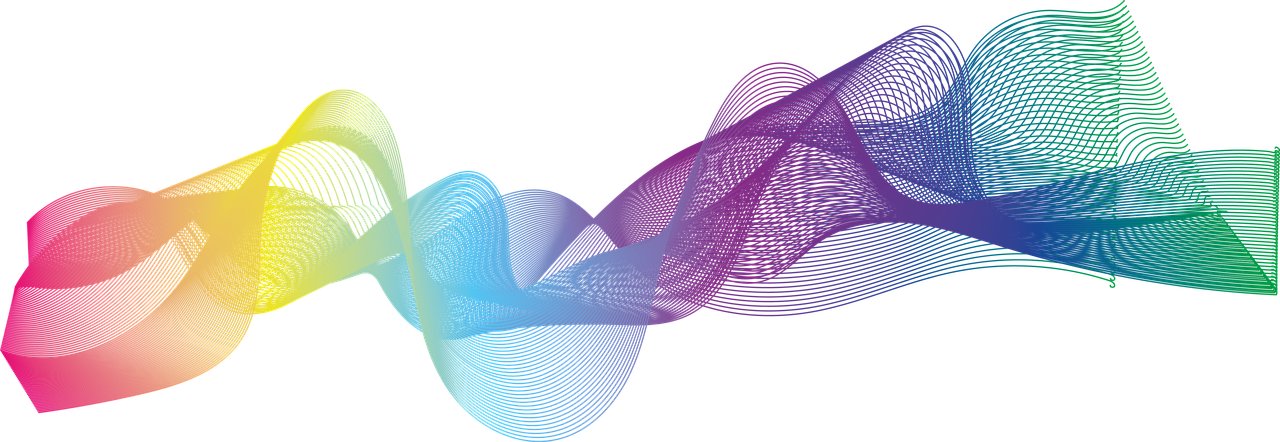This series of posts describes what we’ve learned about the peculiarities of leadership in academia based on our work with the CPI 260® leadership assessment. See the introduction to this series for background on this assessment.
In our last post in this series, we talked about high faculty scores on the Achievement via Independence measure, providing insights into the “herding cats” phenomenon. Despite the challenges this poses, we emphasized the significant accomplishment of this skill set and its importance for faculty productivity.
Achievement via Conformance
In this post, we’re looking at a companion measure: Achievement via Conformance. This score relates to the ability to get things done in a structured setting and the overall efficiency of one’s work habits. Given the reputation faculty have – in the general public and among anyone trying to manage them – it would be reasonable to predict that faculty do less well on this measure.
In fact, that’s not the case. Again, the average entry score among faculty we’ve worked with is significantly higher than the normative sample average for business leaders. Faculty get s&*t done – on their own and when working with others, and likely with more success than a typical business executive.
From our conversations with faculty, we know that’s often not quite how it feels. Despite long hours week after week after month after month, the deadlines and to do lists never let up. Most people wonder what they’re doing wrong that leaves them feeling so overwhelmed and behind. The short answer? Nothing – it’s not a personal failing. It’s the nature of the job.

There’s a long answer as well, but it won’t be found in a generic short course on time management. By the time faculty reach tenure, they already know how to achieve a tremendous amount, typically through a highly customized and personalized set of behaviors. At the same time, every system has its weaknesses as well as the “good enough” strategies that get pushed to their breaking point.
Diagnosing what could or should be done differently must take into account everything a given individual already knows and does well. Furthermore, the best insights and solutions to faculty productivity are often most visible to the faculty member themselves when given the tools to see their work in new ways. We’re giving some thought to tools that could help with this. Stay posted!



